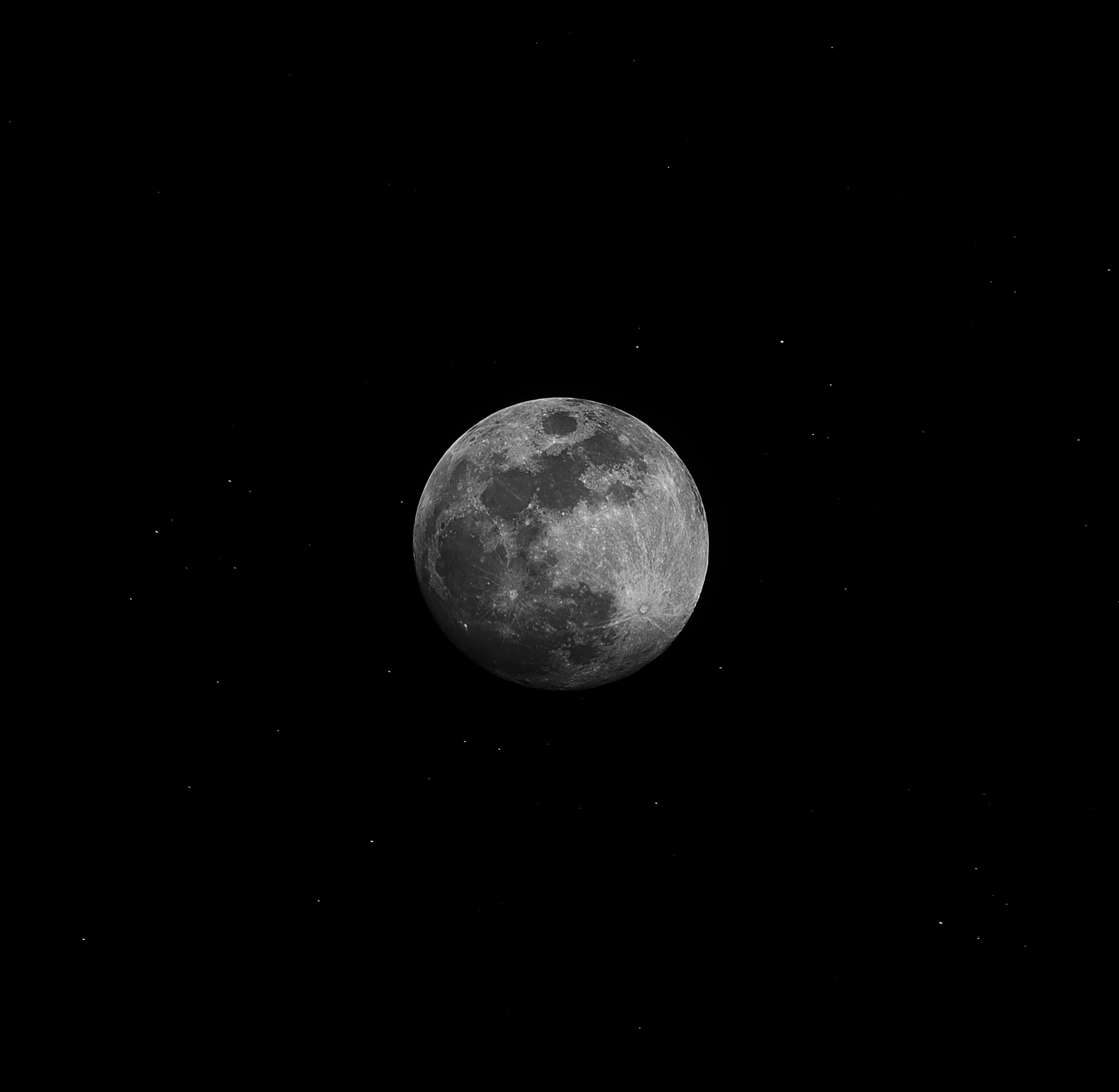Ancient Rituals Still Practiced Today
The world we live in is rich with history. Throughout time, various cultures and civilizations have developed unique rituals and practices as a way to connect with the divine, honor their ancestors, and mark important milestones in life. While many ancient rituals have faded away over the centuries, there are still some that continue to be practiced in modern times. These rituals provide a window into our shared human experience, bridging the gap between past and present. In this blog post, we will explore a few fascinating examples of ancient rituals that are still alive today.
1. Day of the Dead (Día de los Muertos)
One of the most well-known ancient rituals that is still widely practiced today is the Day of the Dead, or Día de los Muertos, which originated in ancient Mexico. This multi-day celebration, typically held from October 31st to November 2nd, honors deceased loved ones and allows their spirits to return to the world of the living.
During this vibrant festival, families create altars, known as ofrendas, adorned with marigolds, candles, and photos of their deceased relatives. Offerings such as favorite foods, drinks, and personal belongings are placed on the altars to welcome the spirits back home. People also visit cemeteries to clean and decorate the graves, transforming them into colorful and festive spaces.
The belief behind the Day of the Dead is that death is a natural part of the human journey, and by remembering and celebrating the lives of the departed, their spirits remain present and continue to influence the world of the living.
2. Burning of the Old Year (El Año Viejo)
In Ecuador and some other Latin American countries, the tradition of the Burning of the Old Year, or El Año Viejo, takes place every New Year’s Eve. This ritual involves the creation and burning of effigies or dolls that represent the events or symbols of the past year.
People construct these effigies with materials such as newspapers, cloth, and old clothes. They then stuff the dolls with sawdust or other flammable materials and dress them up to resemble well-known figures, politicians, or personal representations of the year’s challenges. As midnight approaches, the effigies are set ablaze in public squares or in front of homes.
The Burning of the Old Year is a way to bid farewell to the past and welcome the new year with fresh energy and positivity. It is believed that by burning the effigies, negative energy is released, making room for new opportunities and experiences.
3. Tea Ceremonies
Tea ceremonies have a long history in various East Asian cultures, including China, Japan, and Korea. These ancient rituals, often associated with Zen Buddhism, are still practiced today and serve as a way to foster mindfulness, tranquility, and a connection with nature.
In a traditional tea ceremony, every aspect is carefully choreographed, from the way the tea leaves are prepared and brewed to the way the tea is served and consumed. The ceremony emphasizes a sense of presence, mindfulness, and harmony with one’s surroundings.
Tea ceremonies are considered a meditative practice where participants can find a moment of calm and inner reflection. They provide a space to appreciate the beauty of the tea utensils, the aroma of the tea, and the simplicity of the present moment.
4. Maypole Dancing
Maypole dancing is a ritual that dates back to ancient pagan traditions and is still celebrated today in various parts of Europe and North America, particularly during spring festivals such as May Day.
The centerpiece of this colorful and joyful ritual is a tall wooden pole, usually decorated with ribbons, flowers, and greenery. Participants, often dressed in white, hold ribbons attached to the top of the pole and dance around it in intricate patterns, interweaving the ribbons as they go.
The origins of maypole dancing are believed to be rooted in ancient fertility rituals, symbolizing the awakening of life and the welcoming of spring. Today, it is a celebratory event that brings communities together, fostering a sense of unity and joy.
Conclusion
Ancient rituals are not relics of the past but living traditions that continue to resonate with people in the present. They serve as a testament to our shared human experience, connecting us with our ancestors and reminding us of our cultural heritage.
Whether it’s the Day of the Dead in Mexico, the Burning of the Old Year in Ecuador, tea ceremonies in East Asia, or maypole dancing in Europe, these rituals offer us an opportunity to pause, reflect, and connect with something larger than ourselves.
By participating in these ancient practices, we tap into a collective wisdom that has been passed down through generations. They remind us of the importance of honoring our roots, finding meaning in our lives, and celebrating the milestones that shape who we are.
References:
- https://www.nationalgeographic.com/travel/article/day-of-the-dead
- https://www.encyclopedia.com/environment/encyclopedias-almanacs-transcripts-and-maps/teahouses-and-tea-ceremony
- https://www.smithsonianmag.com/travel/welcome-may-day-one-traditions-ancientt-and-modern-180953790/
Table of Contents
